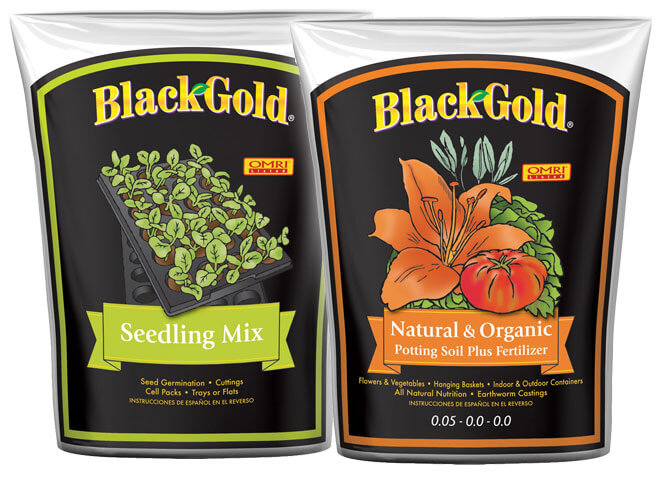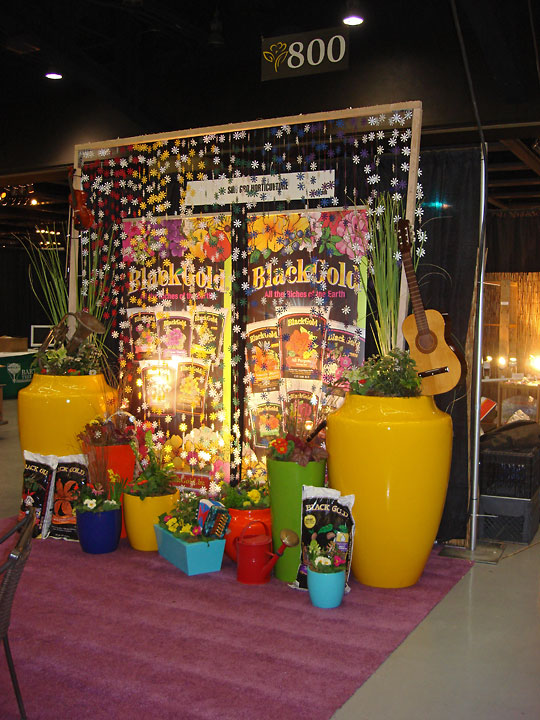
There is no reason we need to stop gardening just because summer is ending and winter will soon be here. Many gardeners that I know ‘switch gears’ and set up a special place where they can continue to garden indoors. It might take a little more effort but it is worth it, not only with what you can grow, but the idea you have accomplished what some perceive as difficult.
Think for a moment of the many summer herbs we have enjoyed in our outdoor gardens. Wouldn’t it be great to extend the season with new plants that you have grown in the winter but are perceived as summer plants? If you can supply similar conditions to what the plant has been accustomed to in growing outdoors, then you are off to a good start. One of my favorites is basil and this is an example of a plant that can also be easily started from seed indoors as long as the right conditions are present. The right conditions include the proper soil mix, artificial light, warmth, and space. Artificial light may or may not be a requirement depending on your location and whether you have strong winter light. In Western Oregon and Western Washington, we could certainly need supplemental lighting for most indoor herb plants or plants that are generally perceived as outdoor plants. There are some low light house plants, but I am not including them.
Some garden centers carry indoor lighting kits for homeowners but if you are going to be growing any quantity of plants, you will probably need to find a store that sells materials for hydroponic gardening. Hydroponic garden supply stores will have a good selection of indoor lighting and can give you tips and information depending on your particular circumstances. If you do not know a hydroponic store in your local area, I suggest you go to Sunlight Supply, Hydrofarm or Bloomington Wholesale websites to find a store near you.
If your home has a basement, this can often provide ideal conditions for starting seeds. I have a friend with a basement and he sets up a table with artificial lights, heating pad and everything he needs to start seeds in the winter. He has used this method for many years to start seeds ahead of the season and then he sets plants out when the weather is appropriate for whatever crop he has. Often he grows some of his favorite herbs from seed and then harvests them and uses them in cooking throughout the winter.
Once you have done some research and have the basic supplies, you will need to start with a seedling tray and a good soil. Most garden centers will stock seedling trays which will allow you to plant many seeds in a small area. For soil, Black Gold Seedling Mix is an ideal choice. Black Gold Seedling Mix is formulated with a wetting agent to provide quick water penetration and is a very fine texture to help with germination. It also contains perlite to provide good drainage which is very important with indoor grown container plants. One of the problems that can arise from starting seeds indoors is a disease called damping off. It affects young seedlings and causes them to die. A listener on my radio program once told me of an organic way of preventing damping off. This listener grew many of his plants from seed and used fine grade chicken grit and lightly coated the soil with this after the seeds had been planted. Most farm or feed stores would carry chicken grit and it can usually be purchased by the pound.
Once the seeds have germinated and the young seedlings have developed their true leaves, it is time to transplant these seedlings into an individual pot. Gently lift them out of the plant tray and place them in their new home. I usually use a four inch pot as this size is large enough for the plants to grow for several weeks and the pots are large enough that they are easy to move around. My soil of choice for this four inch pot is Black Gold Natural & Organic Potting Soil. This is 100% organic and contains screened earthworm castings, which Black Gold is famous for using, as well as sphagnum peat moss, compost, forest humus, perlite, and pumice. The perlite and pumice are added to insure good drainage and good aeration, both essential for optimum plant growth. It is important to water these newly transplanted seedlings immediately. If you are a novice at this, be sure you have a tray to hold the four inch pots and to act as a reservoir for holding the excess water as it drains out from the pots.
Always make sure your plants have adequate light. With indoor plants, light is a crucial issue. If plants begin to stretch and become ‘leggy’, that is a signal they are probably not getting enough light. After several weeks and the plants are established and growing, it is probably a good time to fertilize them. I like to use some type of water soluble fertilizer, meaning I can dissolve the fertilizer in a watering can and then fertilize my plants as I water. The fertilizer you select will be dependent on the particular plant and what you expect from it. If you are growing a plant for foliage, you will probably want high nitrogen (first number of fertilizer analysis). If you are going a plant for root development, then look for an analysis with a higher middle number (phosphorus). There are some plants you may want to encourage growth in the early stages and then switch to high phosphorus for bloom and/or root development. Talking with other gardeners that have had experience with indoor gardening can be a wealth of information.
It may sound difficult, but it really is not. It is always fun to try something new in gardening and perhaps this is your year to try growing plants under lights.







